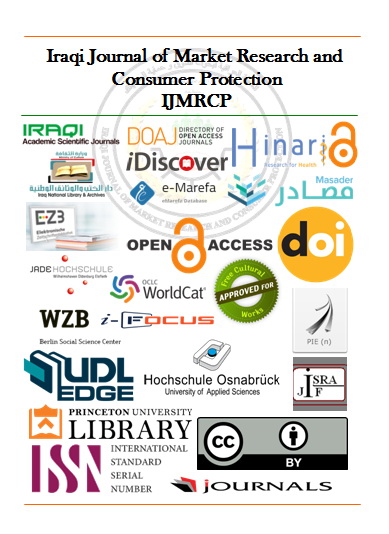INDUCING SYSTEMIC ACQUIRED RESISTANCE IN PEPPER PLANTS AGAINST RHIZOCTONIA SOLANI
INDUCING SYSTEMIC ACQUIRED RESISTANCE IN PEPPER PLANTS AGAINST RHIZOCTONIA SOLANI
Keywords:
Pell pepper, A. brasilense, Glutathione, R. solani, T. virideAbstract
This study was initiated to assess the efficacy of some biological materials separately or mixed to control Rhizoctonia root rot disease caused by the fungus Rhizoctonia solani. In vitro efficacy assessment showed; glutathione could inhabit fungal growth up to 100% at concentration 3000 mg/L. Whereas, the bacterium Azospirillum brasilense scored 78.63% inhibitory at 10-5 concentration. The fungal bio-agent Trichoderma viride scored 1.33 highest antagonistic activity 5 days of inoculation on PDA medium. Under greenhouse conditions, (Tr + Az + G+ R. solani) and (Tr + G+ R. solani) combination treatments could decrease R.solani infectivity and disease severity up to 0.00% compared to 73.33 and 68.33% for control treatment, respectively. Similarly, these two treatments could induce systemic acquired resistance (SAR) when scored the highest polyphenol oxidase (PPO) activity 6 and 12d of pathogenic fungus inoculation compared to healthy control. They scored 82.14 and 67.07, 78.12 and 65.33 absorbance increase rate (AIR)/min/g fresh leaf weight, respectively, compared to 41.67, 40.08 for AIR/min/g fresh leaf weight, respectively, for healthy control. Amongst other treatments, (Az + R.solani) scored 11.553% highest protein content compared to 9.433% for healthy control.






